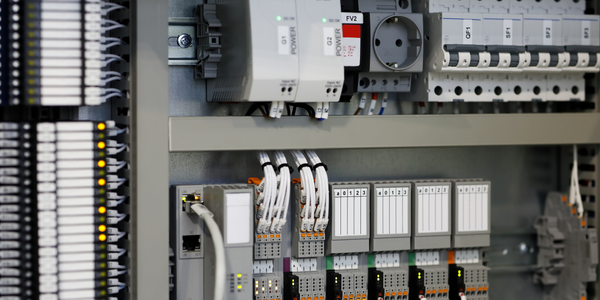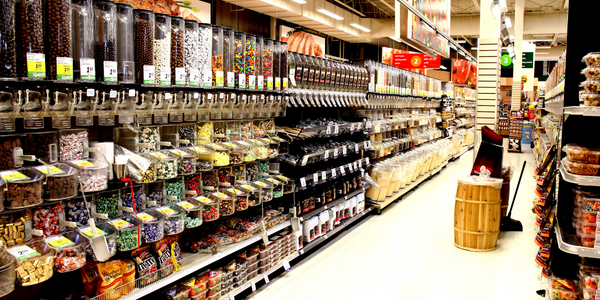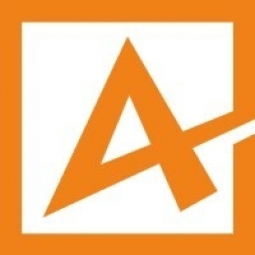Technology Category
- Analytics & Modeling - Computer Vision Software
Applicable Industries
- Education
- Retail
Applicable Functions
- Sales & Marketing
Use Cases
- Clinical Image Analysis
- Inventory Management
Services
- System Integration
- Training
About The Customer
CEWE is Europe’s largest photo service provider, headquartered in Oldenburg in the German state of Lower Saxony. Founded in 1961, the company now offers a wide range of photo products in addition to traditional photo prints, from CEWE PHOTO BOOKS to gift items like printed puzzles and large-format wall prints. CEWE operates in 21 European countries and employs 4,000 people at 25 locations. Its B2B customers include retail partners such as drugstores and supermarkets in Germany and abroad. Over the last 60 years, CEWE has become the biggest player on the European market for photo services.
The Challenge
CEWE, Europe’s largest photo service provider, faced a significant challenge with the management of its digital assets. Over the last 60 years, CEWE has grown to become the biggest player in the European market for photo services. With the advent of digital photography in the early 2000s, the company's digital archive of marketing assets also expanded. CEWE primarily uses its archive when designing its advertising and marketing activities. Over the years, the need for a media and image database had increased steadily. The company finally decided to introduce a new digital asset management (DAM) system for the future. The requirements for the new DAM system included flexibility, workflow mapping, and the ability to automatically link files that originated from other files or that contain elements of files.
The Solution
CEWE selected 4ALLPORTAL as the best DAM solution to meet its needs. The new DAM system needed to connect with third-party systems, particularly the proprietary web CMS that CEWE uses to create and manage more than 150 photo service websites for 24 countries. An intuitive user interface and helpful options that enable efficient collaboration were also required. A configurable access management system was also needed to cater to the diverse system users at CEWE, who all needed different access authorizations. After nine months, the DAM system was productive. CEWE runs the system on-premises, on its own servers. An employee who handles the IT infrastructure worked together with 4ALLPORTAL personnel to integrate, install and set up the DAM system. CEWE also trained its own admin team during a training course and several workshops with 4ALLPORTAL.
Operational Impact
Quantitative Benefit

Case Study missing?
Start adding your own!
Register with your work email and create a new case study profile for your business.
Related Case Studies.

Case Study
Improving Production Line Efficiency with Ethernet Micro RTU Controller
Moxa was asked to provide a connectivity solution for one of the world's leading cosmetics companies. This multinational corporation, with retail presence in 130 countries, 23 global braches, and over 66,000 employees, sought to improve the efficiency of their production process by migrating from manual monitoring to an automatic productivity monitoring system. The production line was being monitored by ABB Real-TPI, a factory information system that offers data collection and analysis to improve plant efficiency. Due to software limitations, the customer needed an OPC server and a corresponding I/O solution to collect data from additional sensor devices for the Real-TPI system. The goal is to enable the factory information system to more thoroughly collect data from every corner of the production line. This will improve its ability to measure Overall Equipment Effectiveness (OEE) and translate into increased production efficiencies. System Requirements • Instant status updates while still consuming minimal bandwidth to relieve strain on limited factory networks • Interoperable with ABB Real-TPI • Small form factor appropriate for deployment where space is scarce • Remote software management and configuration to simplify operations

Case Study
Digital Retail Security Solutions
Sennco wanted to help its retail customers increase sales and profits by developing an innovative alarm system as opposed to conventional connected alarms that are permanently tethered to display products. These traditional security systems were cumbersome and intrusive to the customer shopping experience. Additionally, they provided no useful data or analytics.

Case Study
How Sirqul’s IoT Platform is Crafting Carrefour’s New In-Store Experiences
Carrefour Taiwan’s goal is to be completely digital by end of 2018. Out-dated manual methods for analysis and assumptions limited Carrefour’s ability to change the customer experience and were void of real-time decision-making capabilities. Rather than relying solely on sales data, assumptions, and disparate systems, Carrefour Taiwan’s CEO led an initiative to find a connected IoT solution that could give the team the ability to make real-time changes and more informed decisions. Prior to implementing, Carrefour struggled to address their conversion rates and did not have the proper insights into the customer decision-making process nor how to make an immediate impact without losing customer confidence.

Case Study
Ensures Cold Milk in Your Supermarket
As of 2014, AK-Centralen has over 1,500 Danish supermarkets equipped, and utilizes 16 operators, and is open 24 hours a day, 365 days a year. AK-Centralen needed the ability to monitor the cooling alarms from around the country, 24 hours a day, 365 days a year. Each and every time the door to a milk cooler or a freezer does not close properly, an alarm goes off on a computer screen in a control building in southwestern Odense. This type of alarm will go off approximately 140,000 times per year, equating to roughly 400 alarms in a 24-hour period. Should an alarm go off, then there is only a limited amount of time to act before dairy products or frozen pizza must be disposed of, and this type of waste can quickly start to cost a supermarket a great deal of money.

Case Study
Supermarket Energy Savings
The client had previously deployed a one-meter-per-store monitoring program. Given the manner in which energy consumption changes with external temperature, hour of the day, day of week and month of year, a single meter solution lacked the ability to detect the difference between a true problem and a changing store environment. Most importantly, a single meter solution could never identify root cause of energy consumption changes. This approach never reduced the number of truck-rolls or man-hours required to find and resolve issues.








